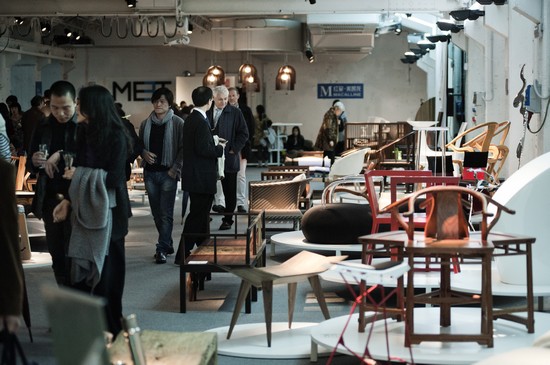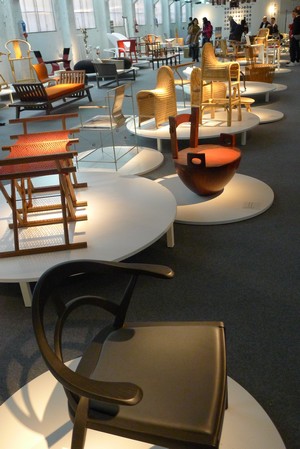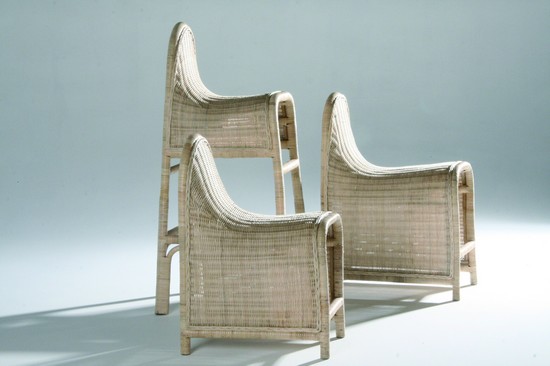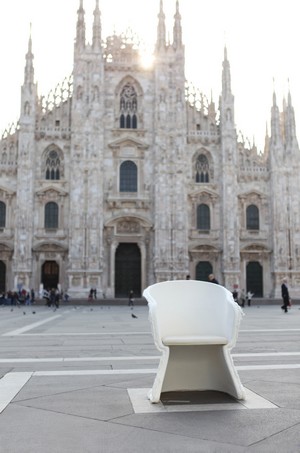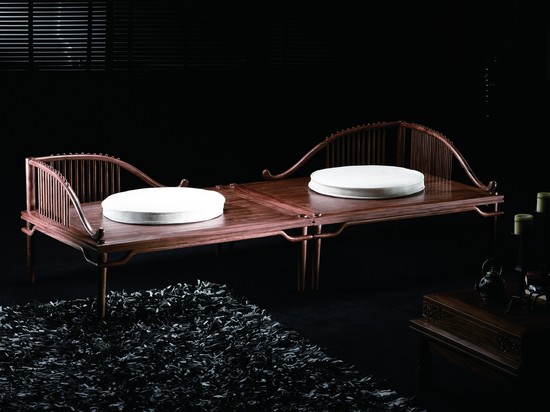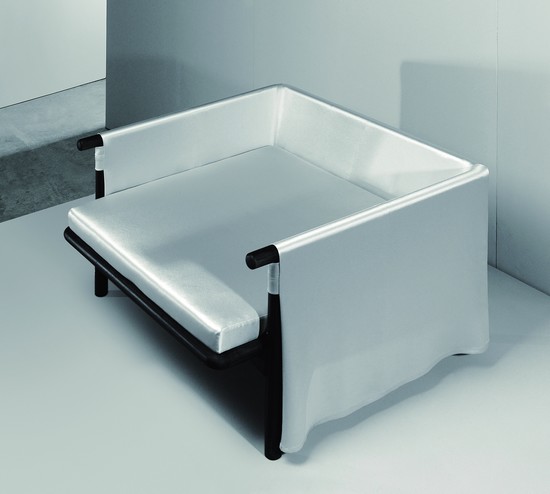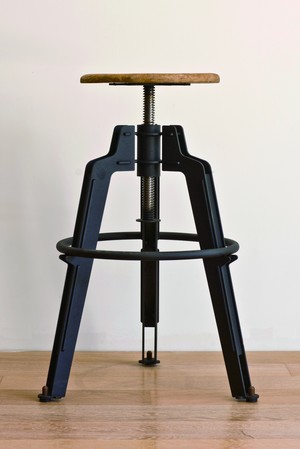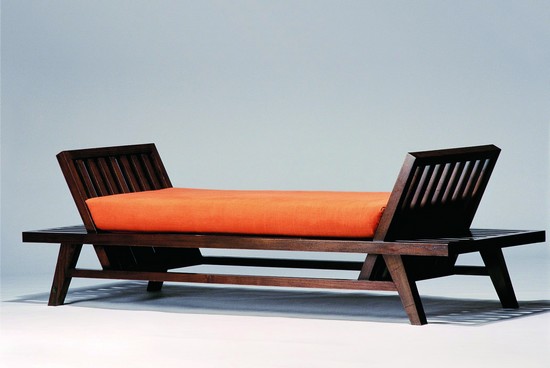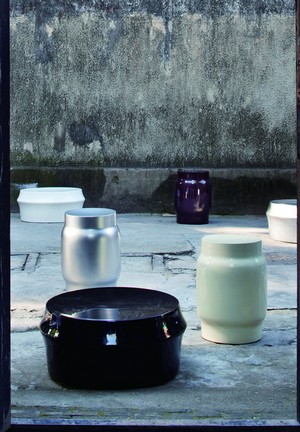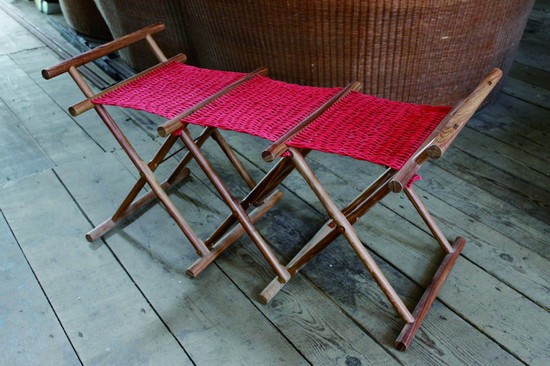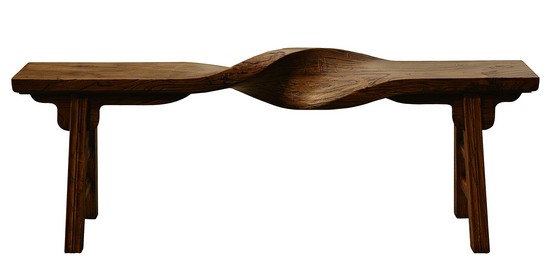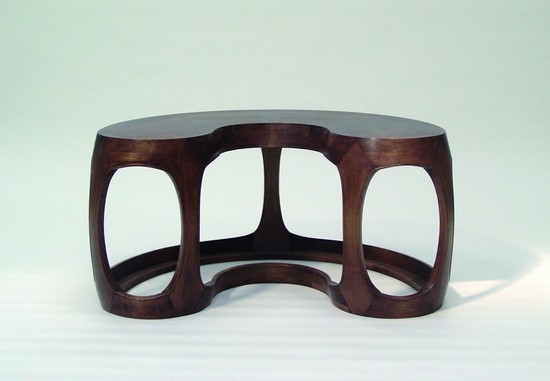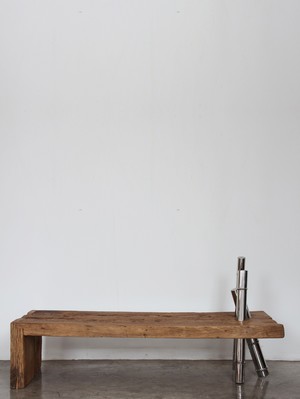Every April, original ideas will dominate Milan in Italy, and every single place such as street, station and port will become a gathering venue of designers. During Design Week, the whole city is dressed like a gorgeous global party where designers, design entrepreneurs and purchasers from all over the world will meet for exchange and trade. Developing from the initial Milan International Furniture Exhibition, this event enjoys a history of 51 years evolving from the 1960s. Now it is considered to be a weather-vane of international trend of design and reputed as “Olympiad” or “Oscar” in design world. As Mr. Zeng Hui, deputy director general of head office of organizing committee of Beijing International Design Week, commented, Milan Design Week has turned into a platform of world-leading design culture and commercial service, more than a common design event. In some sense, this Week is already a cultural brand and window for Milan.
At its 51st anniversary, the Week unfortunately fell into the disaster of European debt crisis in 2012 and therefore audience will see more products of conservative and pragmatic types. They are mostly of simple exterior, sleek lines and environmental protection. Besides, many companies started to demonstrate the process of design and brand development. They seem to have returned to the origin where they can calm down, reflect over their past, make adjustment and restart. Even so, Milan in April is still charming with its magnificence and powerful design, and in face of economic recession, people never give up their expectation that design will better life.
In the past 51 years, Chinese designers made their efforts by generations, wishing to get entry into Milan and become a part of international family of design. However, owing to disqualification, they were invariably rejected by the organizing committee, and even the Chinese audience received unequal treatment from international manufacturers. The whole Chinese design circle was stereotyped as a group of plagiarists. Nevertheless, they were by no means discouraged and now seem to be more confident. This year, thanks to assistance from all sides, Beijing International Design Week and Milan Design Week have realized a consensus to become sister events. With a group premier of Chinese designs at Milan, Beijing intends to prove on this international stage that Chinese are capable of original design. Then how the Chinese designers will present their design products at this stage for the first time becomes the focus. Some professionals cheered, some uttered their criticism and some pondered the question “Does it mean our victory to stage at Milan” in an objective way. Above all, we have made the first step at least, and this step is significant and resolute.
From 2008, Chinese design stared their exchange with Milan at various platforms, and after five years’ knocking at the door, finally they were admitted into this arena in 2012.
From premier at Milan in 2008, initiative in 2009, demonstration of Chinese living in 2010, varied presentation of Chinese culture in 2011 till all-round promotion of Chinese design culture in 2012, Chinese design circles made its every firm step towards Milan and all these are quite like a five-year plan. “Actually, nobody find it a plan until all the steps are related in retrospect. Every year, we would form a theme in accordance with the current situation.” Sun Qun answered modestly. On the one hand, this coincidence manifests all the issues that Chinese design must address in varied period and on the other hand, this fact proves that the direction is still correct.
In 2011, Fendi hung a notice board at its exhibition hall to refuse Chinese audience, which truly stung our self-respect. The all-round manifestation seemingly aims to wipe out this humiliation, but it comes a bit too impatiently. " Slow Seating " Chinese Contemporary Design Exhibition, as the core exhibition of this exchange, becomes the focus immediately.
This year, varied Chinese designs are presented in Milan. Though Chinese design exchange arouses the global attention, Fendi continues to say no to Chinese audience. Beyond anger, we must think about this strange phenomenon. Sun Qun gave his explanation, “Chinese design circles are different from each other. Some, just like us, have brought many cases, eager to demonstrate their capability. In the meanwhile, some have brought lots of empty cases. That difference naturally leads to comments in contrast concerning Chinese design.” Obviously those empty cases are made for plagiarism, and thus must be swept away to change the international image of Chinese design.
One of the slogans at Milan Week is " The Real Design in Your Home " , which tells why most conceptual designs, flashy but superficial, are absent in the circumstance of recessive economy. As the trend moves from concept to practice, the participating designers pay more attention to details that give customers a surprise. Besides, this slogan stresses that design is part of living way. Throwing away cases, whether empty or not, is an inevitable process that Chinese design must experience. To realize this change, we need capability as well as global friends. You can’t travel abroad without any cases unless you have friends who have made all preparations for you. That is also the significance why we promote the international exchange of Chinese design.
Only by industrialization can power of design be amplified and design change people’s life. Moreover, only when design make a good business can a fine interaction between design and industrialization be realized. Combination of art and technology, combination of art and welfare, artwork into product are major principles and concepts in Beijing International Design Week. As to practice in Milan, they made promotion of D2C projects and B2B Fair, which are like Chinese designers’ promise to the world that China is more than willing to pay for design as a way of respect and push forward the healthy development of design. In B2B Fair, some world-known design products have been introduced to China, which will pave their way into Chinese market.
The upgrade of Chinese design industry will not be realized until the trade of design is universally recognized in China. People have been consuming various designs though they might fail to realize this truth. At present, consumers still focus on the product, but this product itself is not worth the price at all. To some degree, we are paying for their design. It is true. For example, supposing we spend 100 RMB on a shirt, the total expenses of material, labor and logistics is no more than 20 RMB. Then the rest of 80 RMB is just the brand value, or the value of design. Instead of additional value, design has become the core value of a product.
No doubt, Milan Design Week has set a good example to Beijing counterpart and provided a stage for Chinese designers to present their own charms. Besides learning from Milan, we need to think about how to sponsor design events in China and develop Chinese design. On this long way, we are supposed to slow down to rest from time to time, make adjustment and reflection. In this way, the sound development of Chinese design will be secured.
The style of Italian design is full of imagination, rich in humanity and poetic conception. It combines pragmatism, technical knowledge and classic culture. Italian designers keep close contacts with industrial circles and absorb innovative technology into their designs.
Design in Italy is a combination of culture, art and politics. With their efforts of only half a century, Italy became an industrial power on the ruins of the Second World War. Design played an important role in promoting prosperity and strength in Italy. In the course of industrialization, Italians imported modern mode of production, while paying tribute to their traditional technology. Just thanks to their perseverance in national characteristics, a unique design force was established and has now become a synonymous word of “Outstanding Design”.
In the development of Italian design, the Milan Furniture Exhibition has showed a great function. Since 1961, the exhibition has held 51 sessions, which involves a series of exhibitions such as Milan International Furniture Exhibition, Milan International Lighting Exhibition, Milan International Semi-finished Furniture and Accessories Exhibition and Satellite Saloon Exhibition.
